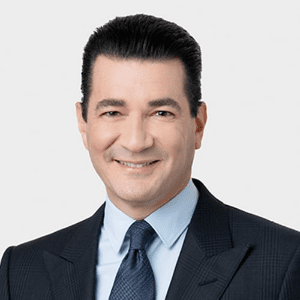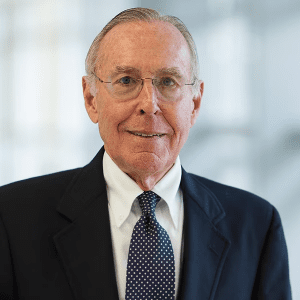It never emerges during the standardized conventional protocols. You are blinded all the way through. There is no Bayesian adaption during the trials. There’s —
John Donvan:
There’s what? Just wait — I don’t know — I don’t know —
Peter Huber:
— you just don’t get the information, okay?
[laughter]
John Donvan:
No. No. I’m not saying it to mock you at all. I’m saying it because I don’t understand in using terms of art, which, if you took a minute to explain actually would help us all.
Peter Huber:
I put in one word, Bayesian. That means that you’re actually —
John Donvan:
Right.Peter Huber:
— that you’re —
John Donvan:
I was lost.
Peter Huber:
It means you’re actually looking at the data as you go and learning from it as you go and adapting to it. And the FDA —
John Donvan:
Okay.
Peter Huber:
— is so concerned about something called selection bias, they don’t allow it all.
John Donvan:
Okay.
Peter Huber:
I would just add to that the FDA has actually been backing away from the accelerated approval rule in recent years, so much that the Congress had to re-codify it and reach a legislation to say, “We really meant it. We want you to use this try to” —
John Donvan:
Okay, so just so — to understand, because I’m getting the gist of it. You think that’s a good thing. This is a good development. I — because I want to —
Peter Huber:
It —
John Donvan:
— these guys — what do you think about it?
Peter Huber:
It is. The only place we are actually developing modern drugs —
John Donvan:
Okay. All right.
Peter Huber:
— are — start at the molecular level.John Donvan:
What about —
Peter Huber:
Nowhere else [inaudible] FDA.
John Donvan:
What about their argument for accelerated approval?























JOIN THE CONVERSATION